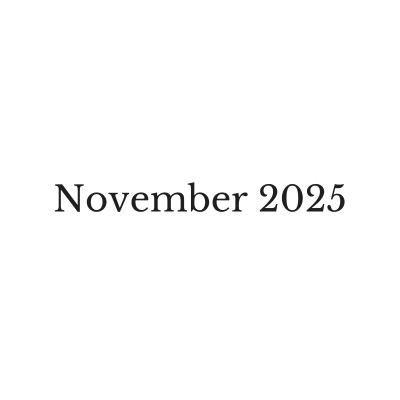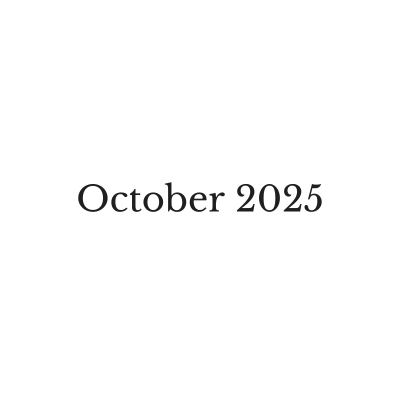Trump vs. The Global Economy, Round 2
15th July
In a decisive reinstatement of protectionist economic doctrine, President Trump has announced a fresh wave of import tariffs. Originally scheduled for July 9, the tariff rollout has been deferred to August 1 by Executive Order, allowing additional time for negotiations and private-sector preparation. The move reflects the Administration’s commitment to its “America First” platform, aiming to bolster domestic manufacturing, reduce trade imbalances, and exert political leverage on foreign governments perceived as adversarial to U.S. interests.
The new tariff measures are sweeping, targeting multiple countries and industrial sectors. In a significant escalation of its agenda, the United States has unveiled plans to impose a 30% tariff on all imports from the European Union and Mexico, set to take effect on 1 August 2025. The announcement, communicated via formal letters from President Trump and shared on his Truth Social platform, comes after weeks of stalled trade negotiations.
The EU’s response has been measured: despite branding the tariffs “outrageous”, bloc leaders, including Ursula von der Leyen and Antonio Costa, have held off on retaliatory duties – amounting to approximately €72 billion – to allow further diplomatic engagement. Meanwhile, Mexican President Claudia Sheinbaum has criticised the move as disruptive and threatened reciprocal measures, even as officials emphasise their continued commitment to USMCA frameworks and ongoing cartel-control discussions.
Canada and Brazil have also drawn particular focus, with 35% and 50% blanket tariffs respectively. Other countries, including Japan, South Korea, Philippines, Iraq, and Moldova, have also been issued tariff notices, with expected rates ranging between 20% and 50%, depending on the goods and bilateral trade context. Each measure has been framed by the White House as a necessary correction to “unfair” trade relationships, coupled in some cases with geopolitical justifications.
One of the most prominent cases is that of Canada, where a 35% tariff will be applied across all imports, with the exception of Canadian firms that manufacture within the United States. President Trump cited Canada’s ineffective controls on fentanyl trafficking and retaliatory tariffs as primary reasons for this escalation. A formal letter was sent to Canadian Prime Minister Mark Carney, characterising the tariff as a step toward a “reset” in bilateral economic relations. In the case of Brazil, the United States will impose a 50% tariff on all imports, with the Trump administration explicitly criticising Brazil’s judicial proceedings against former President Jair Bolsonaro as politically motivated.
In addition to country-specific tariffs, the administration has announced targeted sectoral duties.
A notable example is the pharmaceutical industry, where imports will face tariffs of up to 200%. The White House has indicated a phased implementation of this measure to enable manufacturers to relocate production to U.S. soil. A separate 50% tariff on copper has been introduced following a national security review under Section 232 of the Trade Expansion Act, citing strategic concerns about the U.S. dependence on foreign sources of essential industrial materials.
These tariff actions are not without controversy. In the ongoing case of V.O.S. Selections, Inc. v. United States, the U.S. Court of International Trade ruled that Trump’s prior “Liberation Day” tariffs exceeded his statutory authority under the International Emergency Economic Powers Act (IEEPA). While the decision is under appeal, the new tariffs remain legally active for the time being. This judicial scrutiny raises questions about the broader limits of executive power in U.S. trade policy.
Economically, the tariffs have already generated significant revenue for the federal government, yet inflationary effects have so far been relatively contained. Analysts attribute this to businesses absorbing costs or delaying price increases. Nevertheless, there is growing concern among economists that inflationary pressures may resurface as companies adjust pricing strategies in the latter half of 2025.
The private sector response has been one of cautious recalibration. Many corporations are reassessing their supply chains, exploring reshoring options, and petitioning for product-specific exemptions. Meanwhile, markets have begun to reflect the uncertainty, with stocks of firms heavily exposed to the EU, Mexico, Canada and Brazil experiencing volatility.
Diplomatically, the measures have prompted backchannel negotiations, as affected countries seek to avoid punitive tariffs. At the multilateral level, several governments are reportedly preparing formal complaints to the World Trade Organization (WTO). Observers note that the situation bears a resemblance to the tariff escalations witnessed during the 2018–2020 trade conflicts.
While the administration maintains that these measures are essential for economic sovereignty and fairness, the broader implications – legal, economic, and geopolitical – are still unfolding.
The US S&P500 benchmark equity index continues trading at or near all-time highs after closing at a peak at 6,280.46 on July 10th as markets regained momentum. The 12% nosedive in early April following Liberation Day appears to be a distant memory after chipmaker NVIDIA became the first company in the world to eclipse a $4tn market cap. and now represents over 7% by weight of the entire S&P500 index.
Whilst the market clearly remains optimistic, Treasury Secretary Scott Bessent’s ‘Boomerang’ tariff remarks on July 6th leave little to the imagination as to what may unfold in the coming weeks for those unwilling to negotiate.
“President Trump’s going to be sending letters to some of our trading partners saying that if you don’t move things along, then on Aug. 1, you will boomerang back to your April 2 tariff level,”
Summary of Key Tariff Measures (Effective 1 August 2025)

This article is intended for general information purposes only and reflects the market environment at the time of writing. It does not constitute investment advice, a personal recommendation, or an offer to engage in any trading activity. The content does not take into account individual objectives or circumstances and should not be relied upon as the basis for any investment decision. Past performance is not a reliable indicator of future results.
For more information and important risk disclosures, please refer to our trading notes and please refer to our privacy policy. AMT Futures Limited is authorised and regulated by the Financial Conduct Authority.





